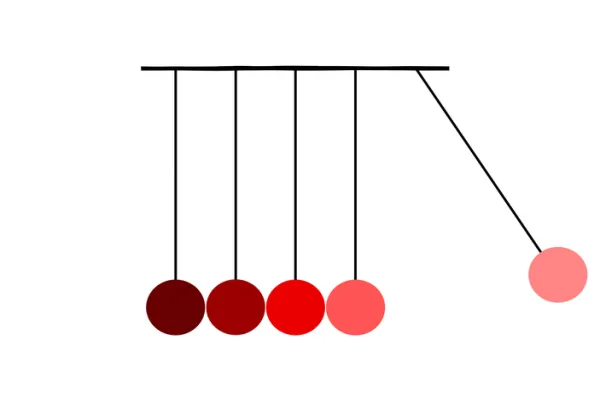The Mexican government has issued a $160 million catastrophe bond to cover it against losses from a severe earthquake. It is the first time a sovereign country has securitized natural catastrophe risk in this way.
The cat bond was structured by Swiss Re and investment bank Deutsche Bank, and issued by Cayman-Islands registered special purpose vehicle Cat-Mex. Investors paid into a federal emergency fund created in 1996 – the Natural Disasters Fund of Mexico, referred to as “Fonden” in Spanish.
According to Morton Lane, president of Chicago-based reinsurance consultant and broker-dealer Lane Financial, who advised the Mexican ministry of finance on the issuance, the bond was just one part of a $450 million package of coverage put together by Swiss Re – the majority of which was traditional reinsurance.
Victor Cardenas, deputy director of catastrophic risk at the Mexican ministry of finance and public credit, adds that the government’s aim in tapping the capital markets was to ensure that sufficient finances to rebuild are immediately forthcoming in the event of a big earthquake, rather than waiting for international aid.
“For three years the Mexican government has been working to improve its financial system, particularly with respect to reducing or eliminating external debt,” explains Cardenas. “We had a clear objective: to eliminate financial vulnerability – in this occasion against natural risks such as earthquakes. This cat bond is part of that strategy.”
The bond, which matures in three years’ time, has a parametric structure. This means the risk to the note holders is predicated on the force of the potential earthquake, rather than the scale of losses ensuing from it. Investors like these structures because the risk is easier to quantify and they eliminate the external pressure for investors to foot the bill following an event.
Cardenas says the deal’s originality appealed to investors. “We had a lot of interest,” he says. “There were a couple of dozen investors from Europe and the U.S., which is a lot of investors for the amount we issued. We think that is because this is not like a typical issuance. It is a simple, parametric-linked transaction based on the potential force of an earthquake in three zones.”
Two of those zones are on the Pacific coast in central-south Mexico, where the trigger is an 8.0 magnitude event. The other zone is in central Mexico, where the trigger is a 7.5 magnitude event.
“The three earthquake zones chosen are where there is perceived to be the greatest risk in terms of magnitude of the quake and the depth of its epicentre,” explains Lane.





